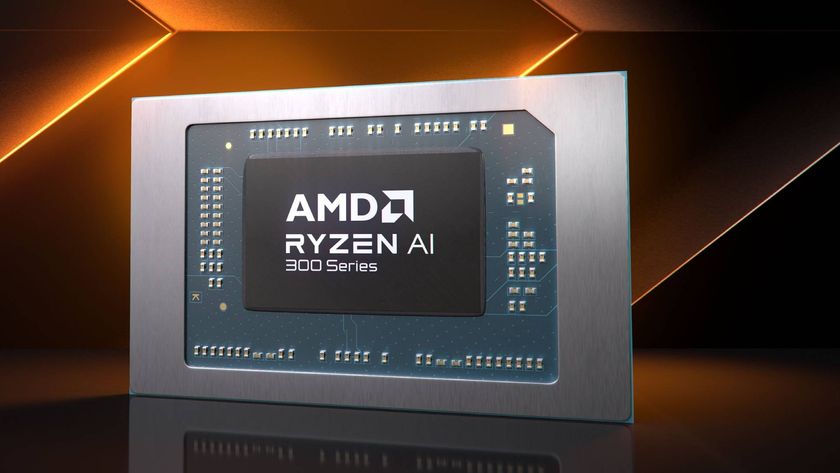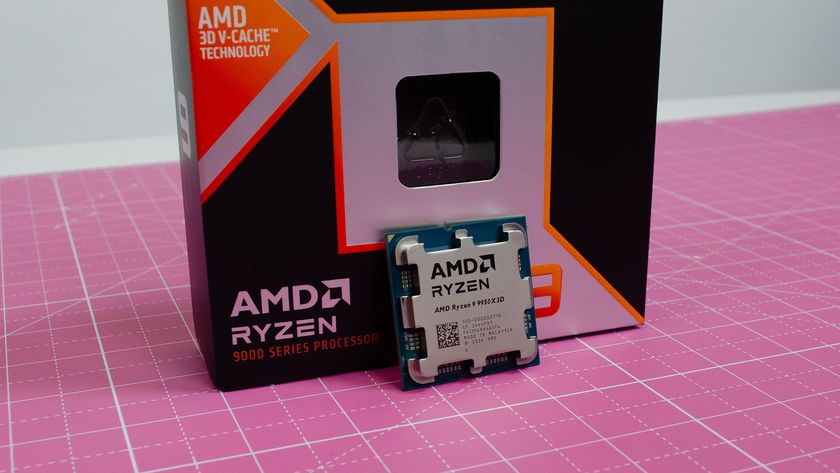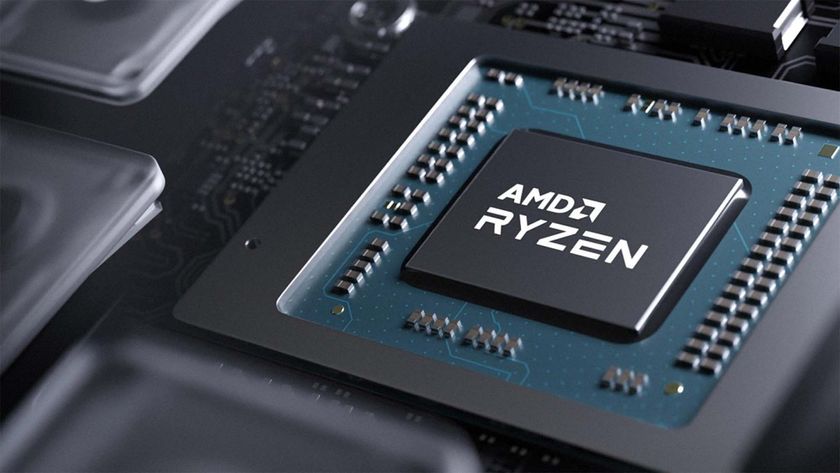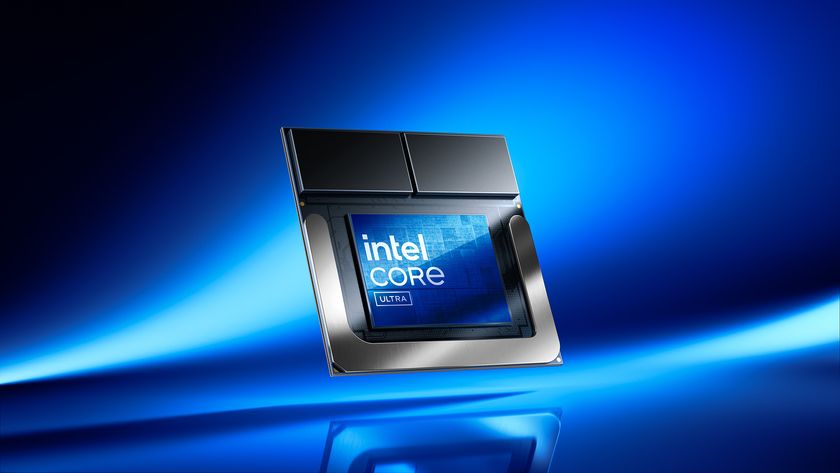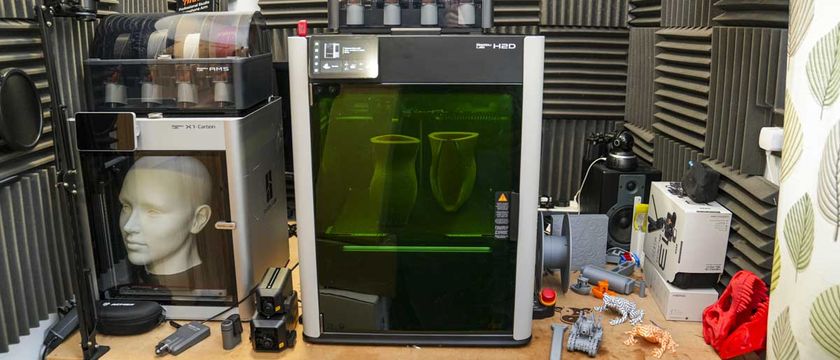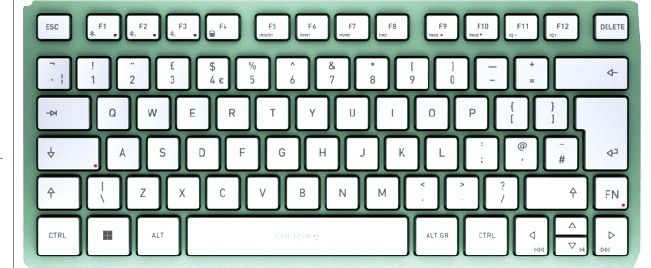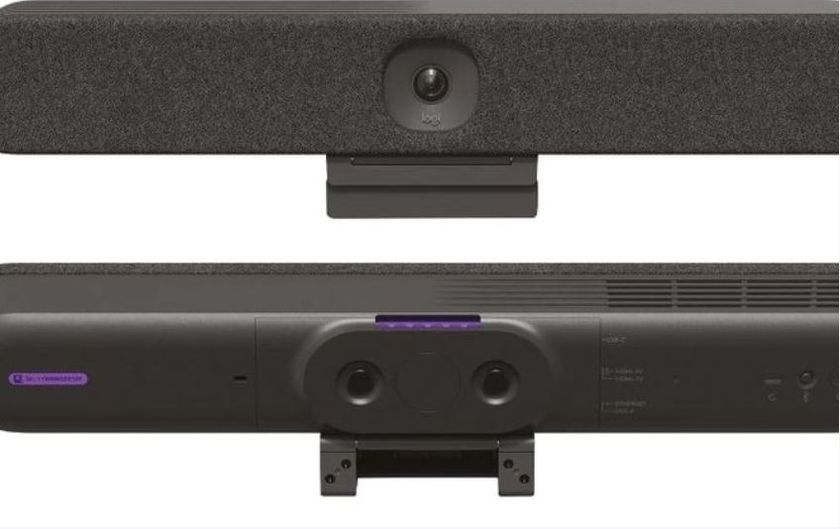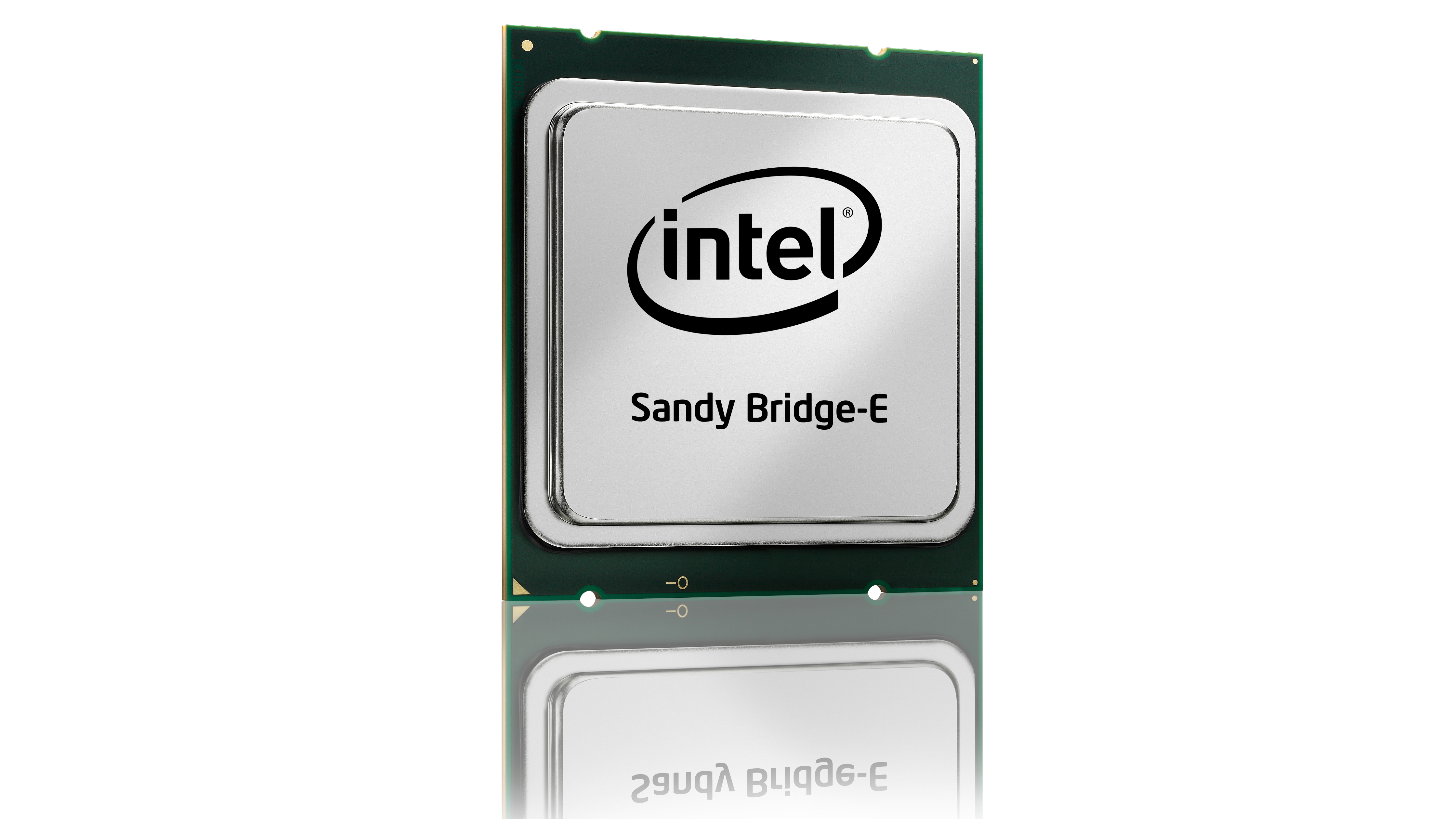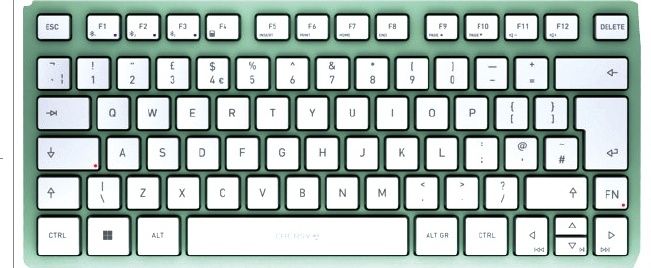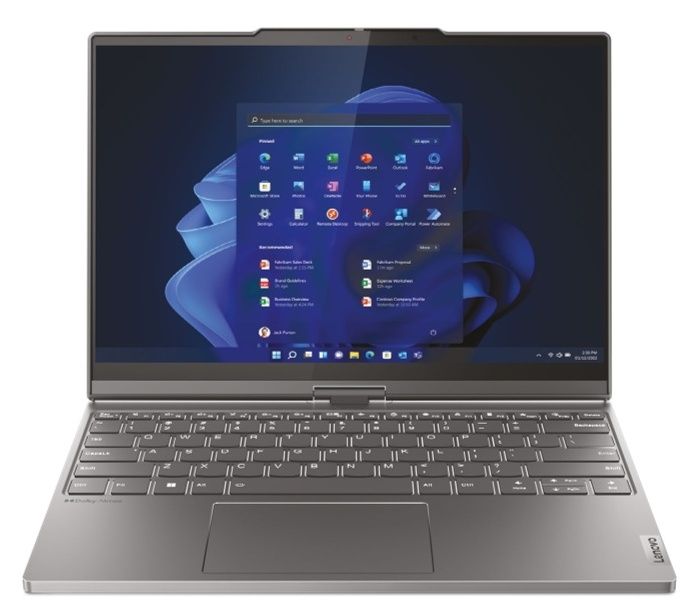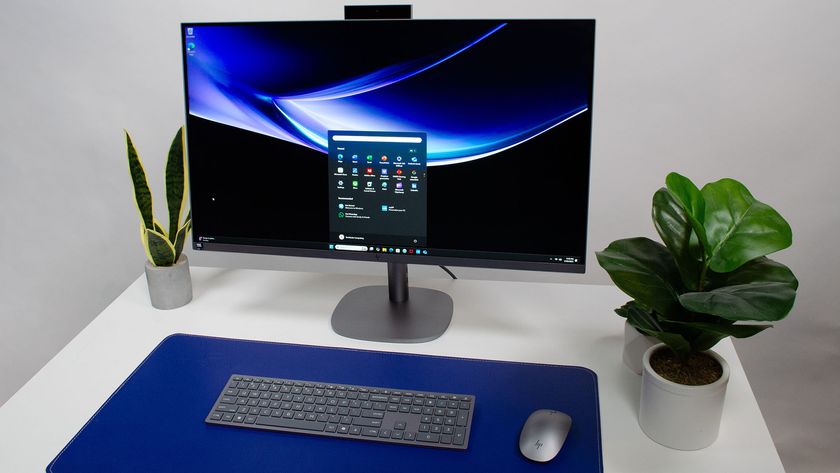Why you can trust TechRadar
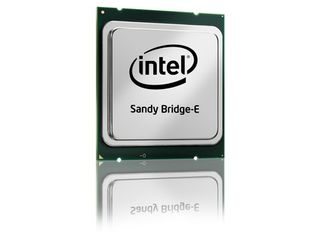
What to make of Intel's new flagship processor and platform, the Intel Core i7-3960X?
On the one hand, it's clearly the fastest PC processing solution money can buy. By some metrics, such as memory bandwidth, it absolutely blows away even Intel's own six-core Gulftown processors such as the Core i7-980X.
It also brings a healthy improvement in overclocking headroom. We've little doubt that stable systems running at 5GHz or more will be possible with water cooling. Platform upgrades that include more PCI Express lanes and a faster SATA interface are also welcome.
However, in more realistic tests of application performance, the gap to Intel's outgoing flagship processor and platform is rather more prosaic.
What makes this frustrating is that the Core i7-3960X is very probably capable of the kind of massive performance boost we expect from a new high-end Intel processor.
Deep down, the specs don't lie.
Intel quotes the transistor count at 2.27 billion. That's nearly double the number of transistors in a Gulftown processor, despite the same nominal core count. Admittedly, the Core i7-3960X has 3MB of additional cache and a few more on-die features. But that's not enough to explain away all of the additional one-billion-plus transistors.
The explanation, of course, is that the Core i7-3960X is actually an eight-core processor with a pair of cores disabled.
When you're paying the thick end of £750, it's very hard to accept the idea that Intel is holding something back.
The question that immediately follows is whether there will be any scope for core unlocking, as with processors made by AMD. In our view, it's extremely unlikely. For that to be the case, Intel would have to be under extreme pressure from AMD.
In reality, the opposite is true.
The lack of Quick Sync is another downer. There are good architectural reasons why Quick Sync doesn't appear. But that's Intel's problem, not the customer's.
And customers of the Core i7-3960X have every right to expect full access to the product they've paid handsomely for.
We liked
If you want the fastest processor on the planet, look no further.
Most impressive is the additional overclocking headroom Intel has delivered over the old six-core chip. Platform upgrades including more PCI-E lanes and SATA 6Gbps are welcome, too.
We disliked
Simple, it's those hidden cores.
We want them switched on and we want them switched on now. Until that happens, the Core i7-3960X will remain a deeply, deeply unsatisfying chip, especially in the context of its sky-high pricing.
Final verdict
Ultimately, the reason why the Core i7-3960X looks like it does comes down as much to the performance of Intel's main competitor, AMD, as it does anything else.
Had AMD's new Bulldozer architecture been the game changer we had been hoping for, it's hard to imagine Intel would have released the Core i7-3960X with a pair of hidden cores. It would have run the full eight cores.
We feared AMD's ongoing inability to challenge at the top of the performance tables would eventually lead to Intel sand bagging. With the Core i7-3960X, it's finally happened. And that's a shame.
Technology and cars. Increasingly the twain shall meet. Which is handy, because Jeremy (Twitter) is addicted to both. Long-time tech journalist, former editor of iCar magazine and incumbent car guru for T3 magazine, Jeremy reckons in-car technology is about to go thermonuclear. No, not exploding cars. That would be silly. And dangerous. But rather an explosive period of unprecedented innovation. Enjoy the ride.
